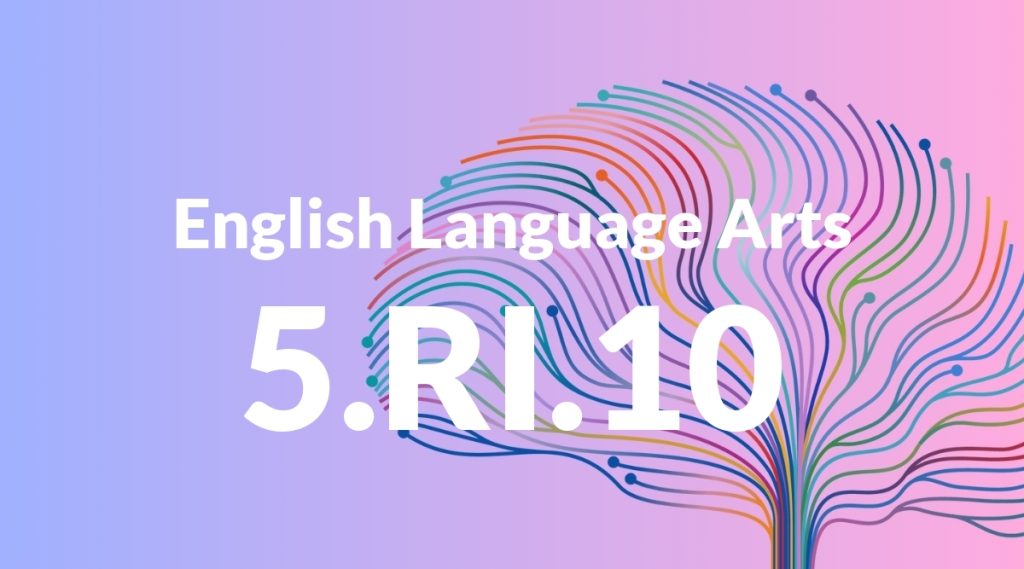Standard: 5.RI.10 – By the end of the year, read and comprehend informational texts, including history/social studies, science, and technical texts, at the high end of the grades 4–5 text complexity band independently and proficiently.
Grade level: Grade 5
Subject: English Language Arts
Domain: Reading: Informational Text
Teacher Overview
This standard emphasizes the importance of students being able to read and understand a variety of informational texts independently and proficiently. It’s crucial for students to develop these skills as they provide the foundation for learning in other subjects and for becoming informed citizens. Students should already be comfortable identifying main ideas and key details in simpler texts and have some experience with informational texts in different subjects.
Mastering this standard will prepare students for more complex texts in middle school and beyond, enhancing their critical thinking and analytical skills.
Common Misconception 1
Some students may think they need to understand every word in a text to comprehend it. This is incorrect because comprehension is more about grasping the main ideas and key details.
Intervention 1
To address this, teach students strategies for using context clues and focusing on the overall meaning of the text rather than getting stuck on individual words.
Common Misconception 2
Another common misconception is that informational texts are only about memorizing facts. This is incorrect as comprehension also involves making connections and thinking critically about the information.
Intervention 2
Encourage students to relate the information in the text to real-world applications and to question and analyze the content critically.
Prerequisite Knowledge
Students should have a basic understanding of how to identify main ideas and key details in informational texts, as well as some experience with texts across different subjects like history, science, and social studies.
Subsequent Knowledge
After mastering this standard, students will be able to tackle more complex texts in middle school, including more detailed scientific reports, historical analyses, and technical documents. They will also develop critical thinking and analytical skills that will be useful across all subjects.
Instructional Activities
- Group discussions on historical or scientific texts
- Projects that involve reading and summarizing technical manuals
- Critical analysis essays on social studies articles
- Interactive reading sessions with guided questions




